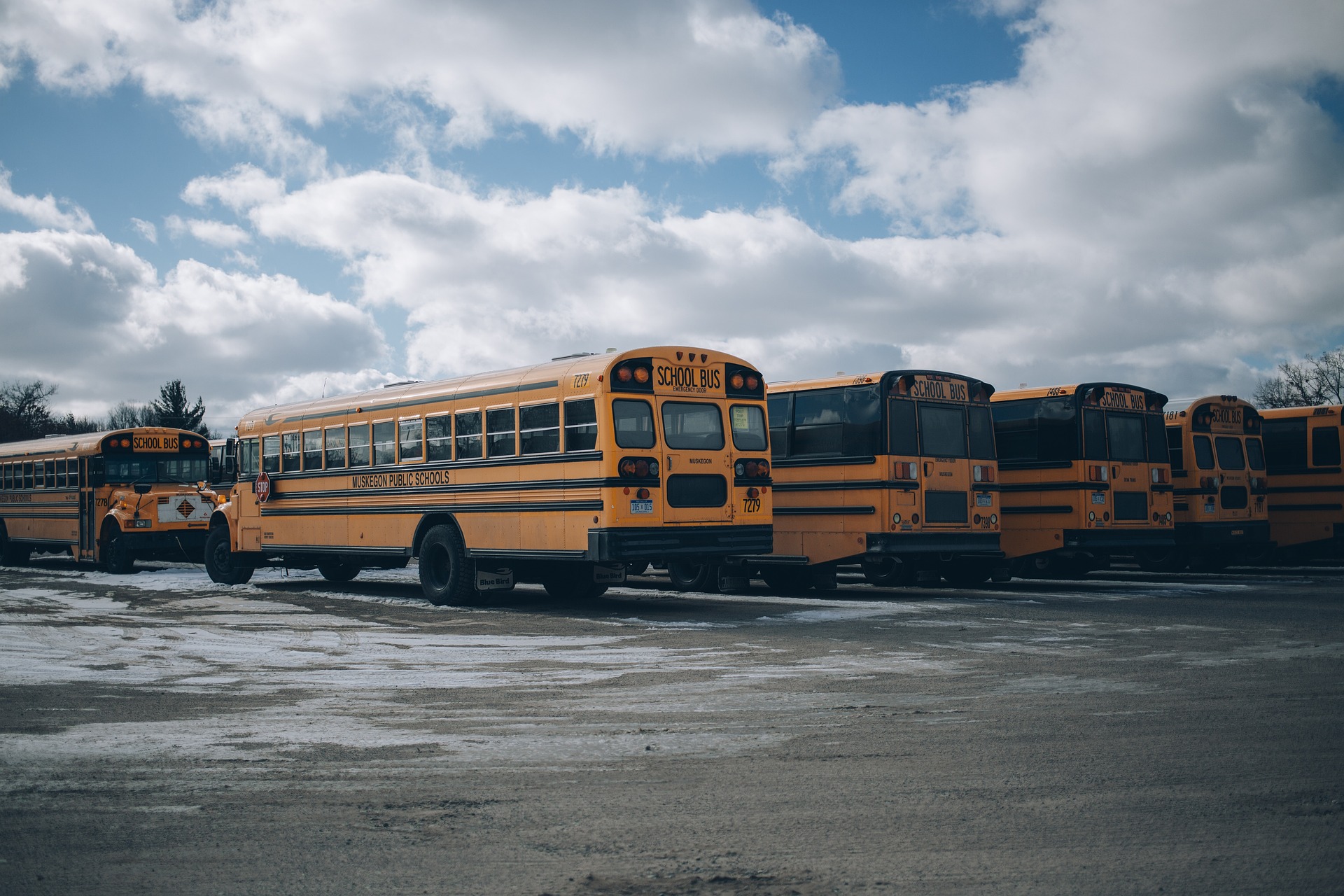Your nonprofit likely recognizes the benefits of working with younger audiences. Doing so helps build relationships that will last a lifetime. Creating partnerships with schools and school districts can provide many opportunities to reach youth, but it can feel overwhelming at first. Teachers and administrators are busy professionals. With their time already spread thin, you want to ensure your proposal seems worthwhile from the start.
Integrating State Learning Standards
You will need to develop a partnership idea before you contact anyone in the school district. It does not need to be fully fleshed out just yet. The teachers and administrators you work with will have thoughts on how to shape a program to best fit students’ needs. In order to build a partnership with public schools or districts, your plan should connect with at least a few learning standards. Your state’s academic standards are on the state-level Department of Education website. All state websites are available on the US Department of Education website.
You will be able to access information about the standards divided by subject and by grade. Use that information as your foundation as you work on your partnership idea. Subjects include arts, social studies, mathematics, science, and English language arts, among others. Your organization will find connections between the work you do and the learning standards school districts seek to meet.
If there is a specific grade or age range you would like to work with, incorporating the relevant learning standards will help sell your partnership idea to teachers and administrators. It is important to note that states update their learning standards periodically. Even if you have accessed them before, you will want to make sure you are referencing the most current version.
How We Did It: Integrating State Learning Standards
The Massillon Museum recently read ‘An American Sunrise’ by Joy Harjo as part of the NEA Big Read. Working with the Massillon Public Library, we determined that we wanted to bring the NEA Big Read to younger students in our community. We began by researching Ohio learning standards for English language arts and decided to target grades kindergarten, one, two, and six. We chose the reading standards for literature connected with key ideas and details, craft and structure, integration of knowledge and ideas, and range of reading and level of text complexity.
Once we determined the learning standards, we were ready to approach the next step of the process—developing our partnership idea.

Developing a Strong Partnership Idea
Do you feel comfortable working with your state’s academic standards? Now you can begin building your partnership proposal around them. If any of your staff members or volunteers are current or former educators, ask them for their input. Does your organization have a board of directors? If there is space, open a seat for an administrator or teacher who serves your local school district. Does your organization have committees? You could create an Education Committee or a Partnerships Committee. The committee could include representatives from your organization, area schools, and the community. This group could help develop creative ways to work with school districts in your region. Their backgrounds would provide a broad range of knowledge and expertise.
Your partnership idea will likely be specific to your organization. Use resources you provide to your community to help guide you. Some potential partnerships based on your abilities and mission could include:
- A music program that brings students to your site or takes musicians into the schools to interact with students;
- An annual exhibition of students’ artwork or projects displayed onsite by your organization, or on your website;
- Author visits during which students can ask questions of an author whose work they have read in their classroom or at your site;
- In-person or online tours of your facility that allow you to showcase the resources you offer for students;
- A mentorship program hosted by your organization that enables students to learn about different career paths;
- A theater partnership that invites students to work with your organization to write, direct, and perform original plays;
- Outreach programs in which your organization’s staff members visit classrooms to teach about specialized subject areas;
- Continuing education programs for area K–12 educators that enable teachers to earn credits toward license renewal.
Before reaching out to someone at a local school or district, you should be able to clearly communicate basic information about your partnership idea. You should share details including the program time frame, the grade levels you would work with, the learning standards incorporated, the resources your organization will provide, and the time and resources the teacher, school, or district would be expected to contribute.
How We Did It: Partnership Development
The Massillon Museum and Massillon Public Library created a Little Read program to complement the NEA Big Read in our community. We wanted to offer age-appropriate titles with similar themes to ‘An American Sunrise.’ These accessible books would allow younger students to participate in NEA Big Read programming. In addition, librarians planned to visit second-grade classrooms throughout Massillon City Schools to read the Little Read book and interact with students. Before we approached the school district, we needed to find funding.
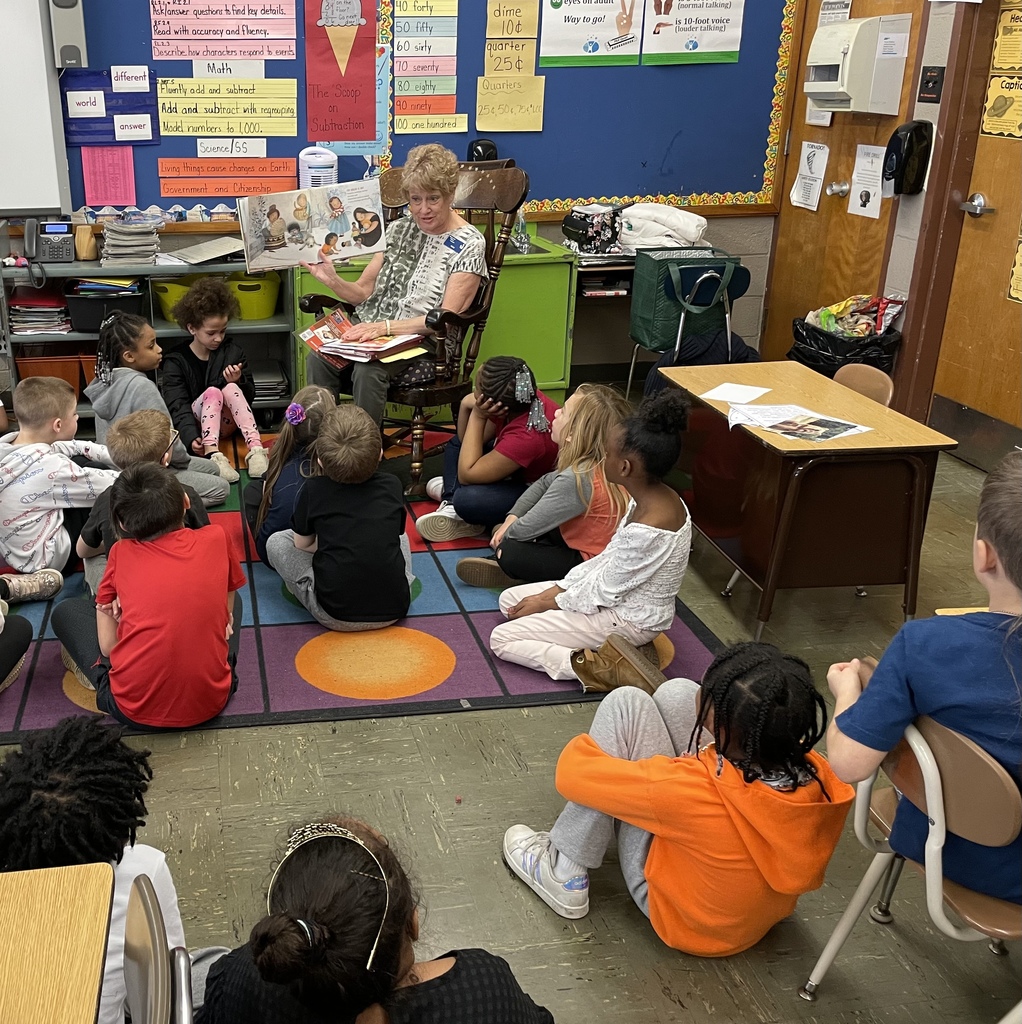
Finding Funding
No matter how strong your idea may seem, a school district may not work with you if the cost of a potential partnership is too high. You should work to make your proposal as cost-effective and accessible as possible. Are you able to include the program in your organization’s operational or program budget? Could you offer scholarships to classes or schools? Can you help pay for busing to your site? Is there a business in your area that might sponsor the partnership? Meeting schools where they are at with expenses will help sell your partnership idea.
How We Did It: Funding
Local organizations helped the Massillon Museum and Massillon Public Library purchase Little Read books for students. One Tiger, Inc., and the Rotary Club of Massillon generously offered their support when we approached them to seek funding. Our organizations were able to buy a copy of the Little Read book for each kindergarten, first-, and second-grade classroom and for each sixth-grade student in Massillon City Schools.
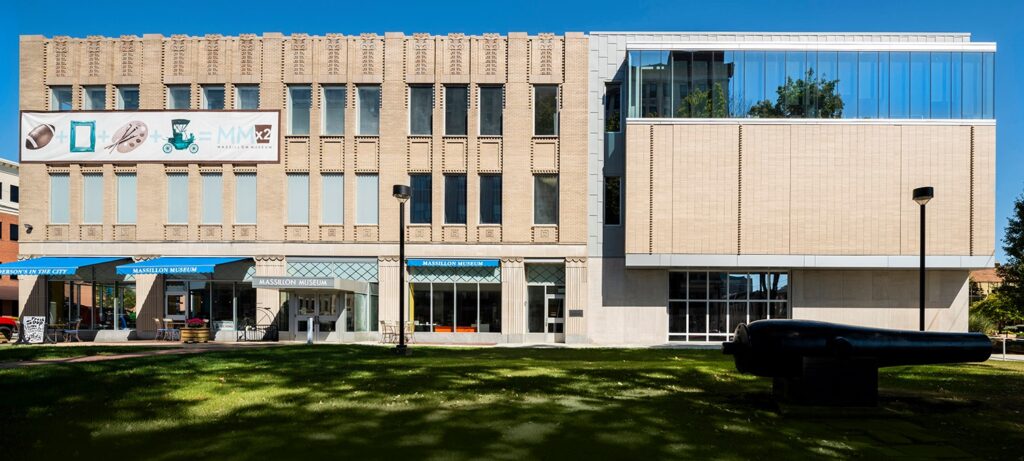
Reaching Out to School Districts
Once your organization feels ready to approach a school, there are many starting points of contact. If you already know an employee who works in the district, you could begin by reaching out to that person and asking where to go from there. If you do not know anyone in the district, you could begin by contacting your county or regional Educational Service Center (or Educational Service Agency or Cooperative depending on where you live). Staff at these centers are in regular contact with teachers and administrators in your region. They can recommend specific people to contact based on your partnership idea.
Explore staff directories on school district websites in your region if you would prefer to research administrator or teacher contact information yourself. Many staff directories include the grades and subjects that educators teach. Some list whether a teacher is a department head for the district in a given subject. Some may also list what club advisor or coaching positions educators hold. This information can help narrow down your search to one or more employees to contact.
If you are hoping to build a district-wide partnership, you could reach out to the district superintendent to start. Superintendents are the administrators in charge of the district. They can work with you to determine if your program is a good fit for their students. They might put you in touch with principals in their district. Superintendents or principals may connect you with the district’s curriculum director or coordinators. These staff members make sure the district meets learning standards. They might suggest changes to your program to fit the district’s needs.
Parents and students in your area could also provide helpful feedback. They have valuable insight into the district and its schools. The district’s parent-teacher organization or any of the PTO units at individual schools are another useful resource. Parents, teachers, and students involved in these organizations can be great advocates. They can assist you in reaching educators and administrators throughout the district.
How We Did It: Outreach
Librarians contacted the curriculum director for Massillon City Schools with our partnership idea for the Little Read. The curriculum director worked with us to confirm or suggest age-appropriate titles. ‘Fry Bread: A Native American Family Story’ by Kevin Noble Maillard was chosen for kindergarteners, first, and second graders. ‘Two Roads’ by Joseph Bruchac, ‘Mary and the Trail of Tears: A Cherokee Removal Survival Story’ by Andrea L. Rogers, and ‘An American Sunrise’ were options for sixth graders based on each student’s reading level. With the titles finalized, the curriculum director put us in contact with classroom teachers throughout the district, and we formed a strong partnership.
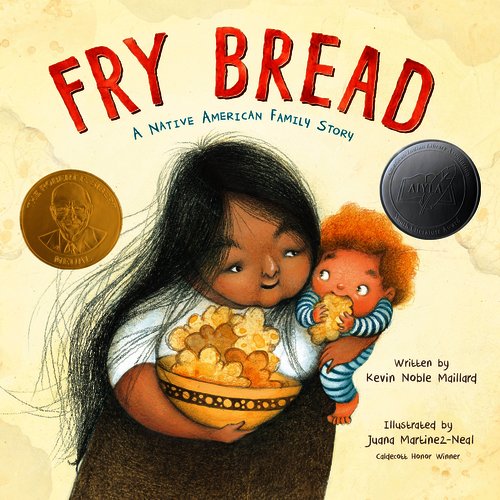
Evaluating Your Partnership
Evaluating your program is key to its success. You should check in with partners during and following your program. Your organization could schedule a phone call or meeting, check in via email, or create and send a survey to partners. Many free or paid survey tools are available online, such as Survey Monkey or Google Forms. Partners’ responses will help you to better understand their needs and thoughts on what they liked or did not like about the partnership. Using feedback from partners will help you to strengthen your program.
How We Did It: Evaluation
Our organizations were thrilled to work with more than 1,000 students in Massillon City Schools through the Little Read partnership. The Massillon Museum and Massillon Public Library wanted to ensure that teachers involved in the partnership found it to be equally beneficial. Librarians emailed educators to ask for feedback about the program. We plan to use their responses moving forward to keep parts of the Little Read the same or adjust them to better suit teachers’ needs.
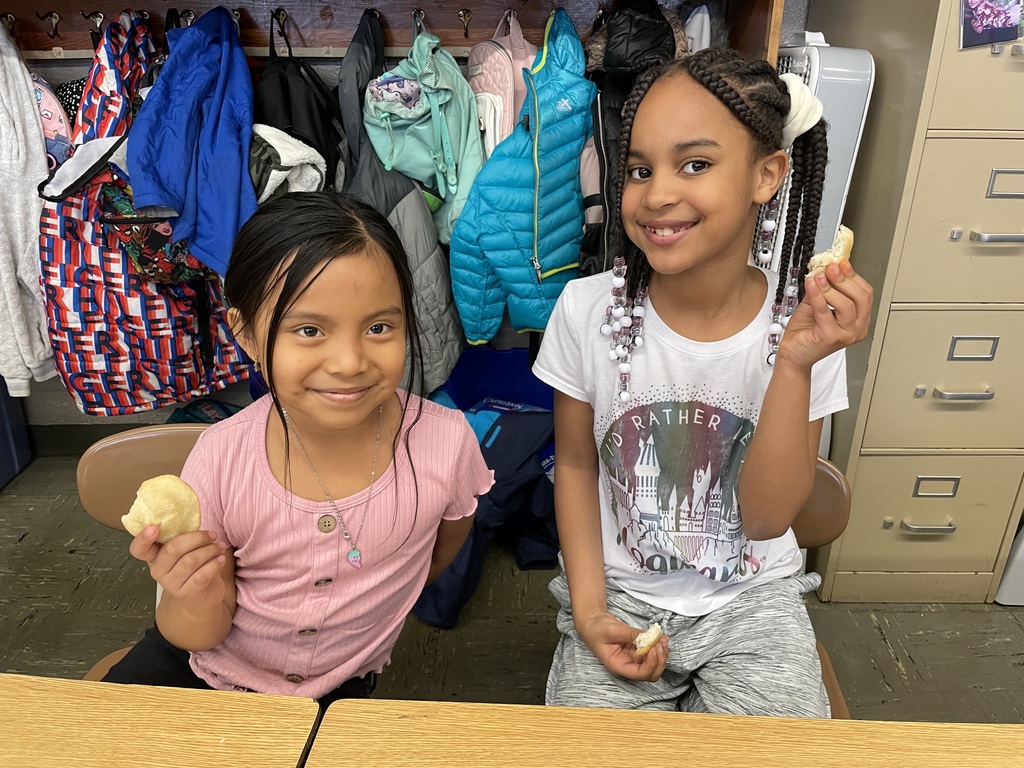
Conclusion
Your organization can approach school districts in countless ways. Put your best foot forward and share the resources you can offer to students and teachers in your region. You will build long-lasting partnerships that will strengthen your organization and community!
